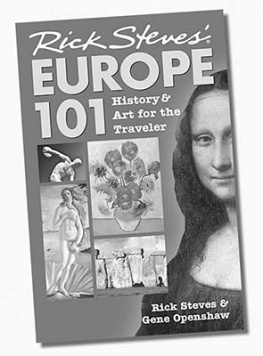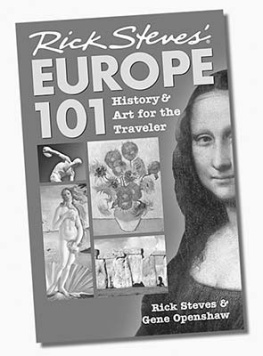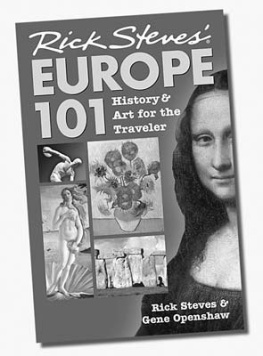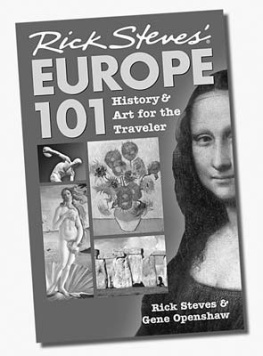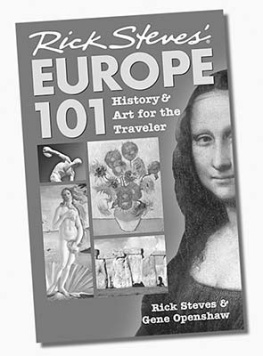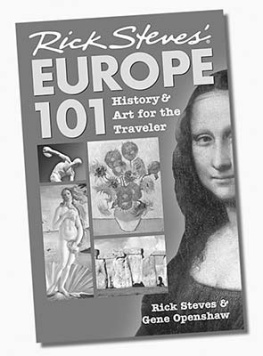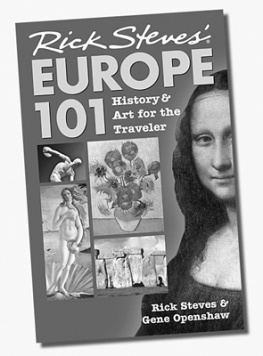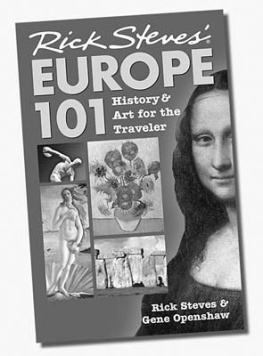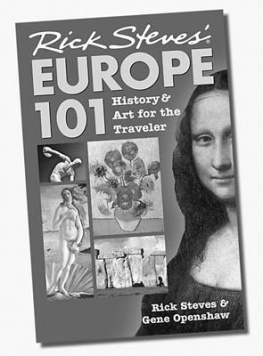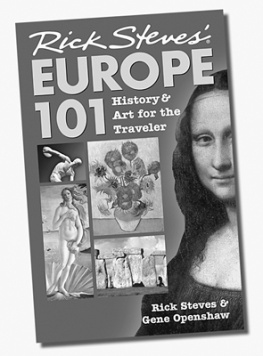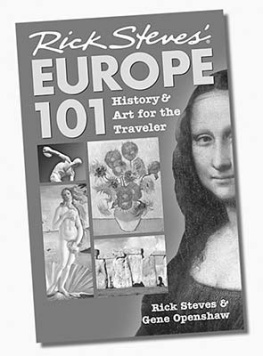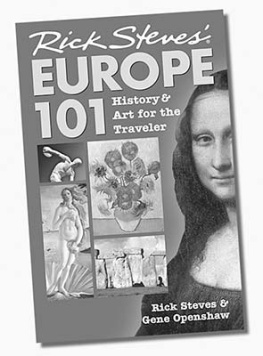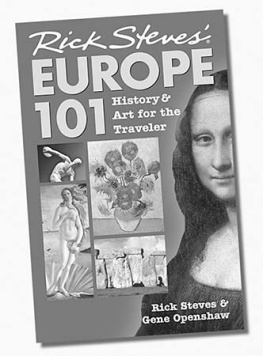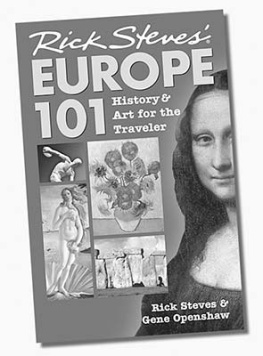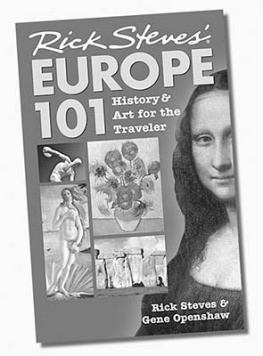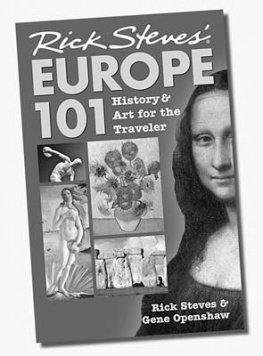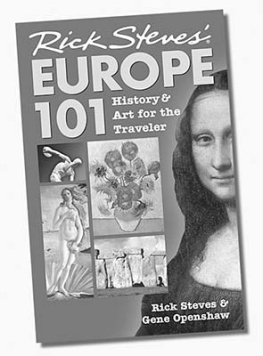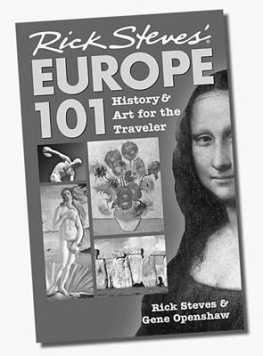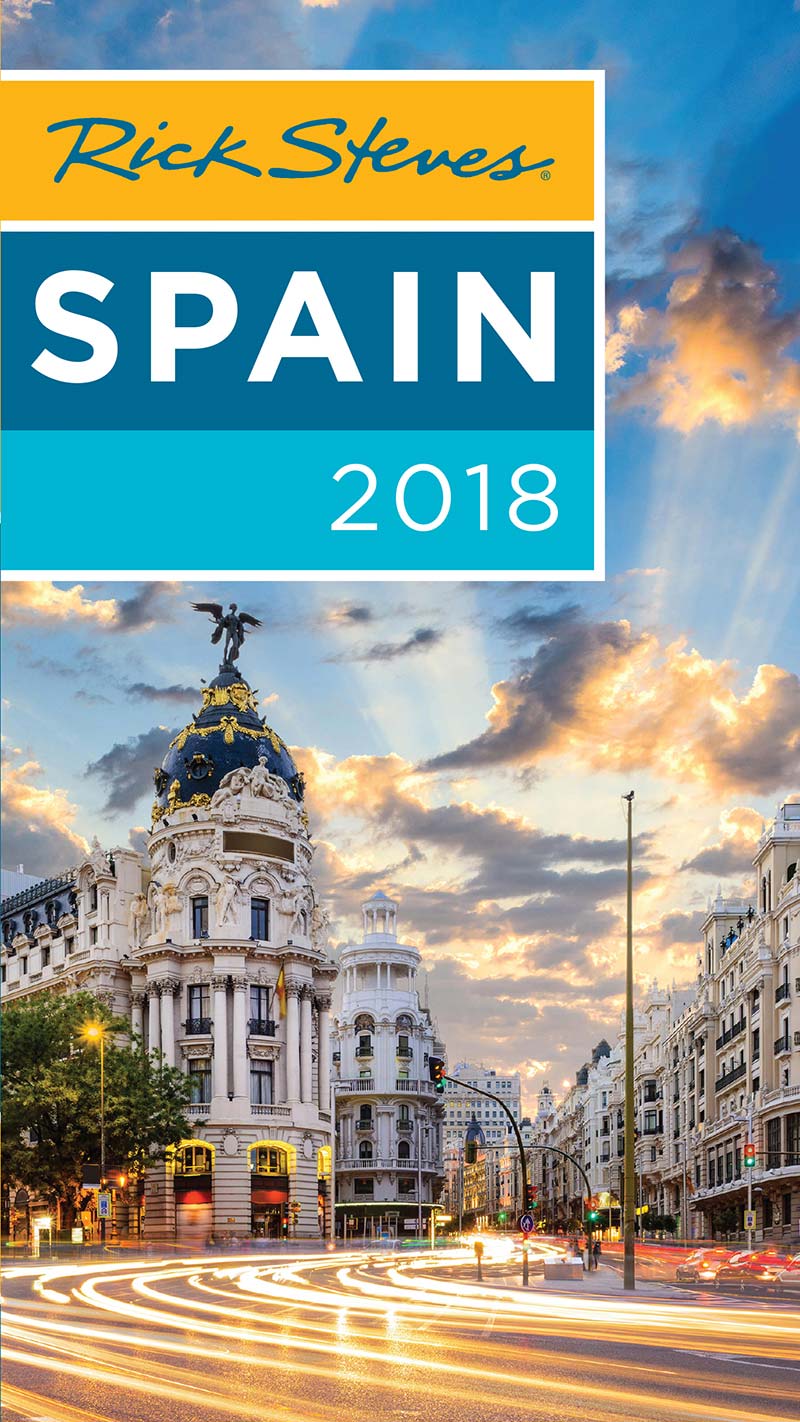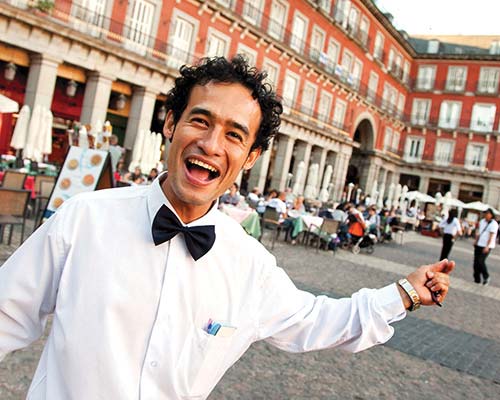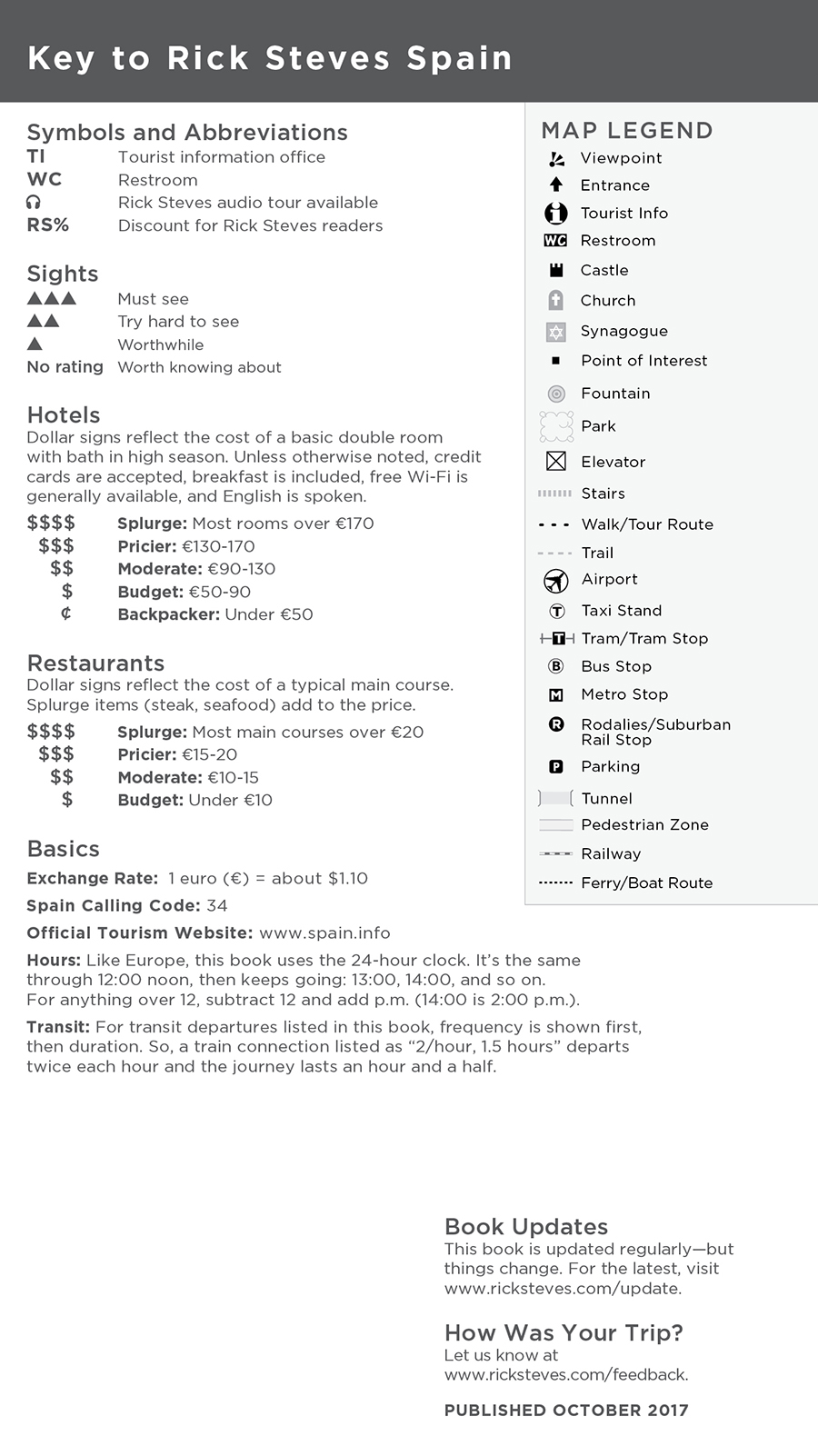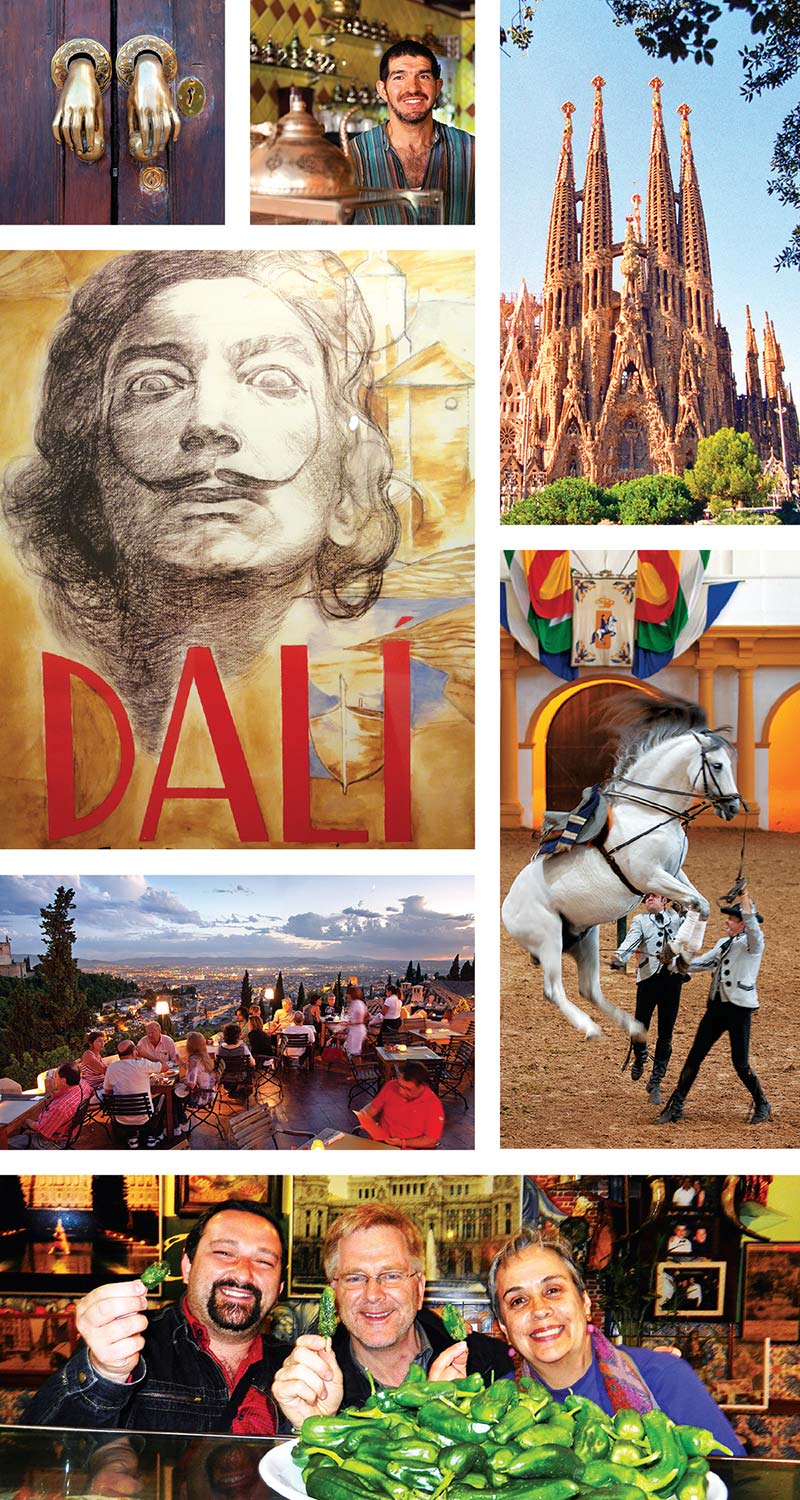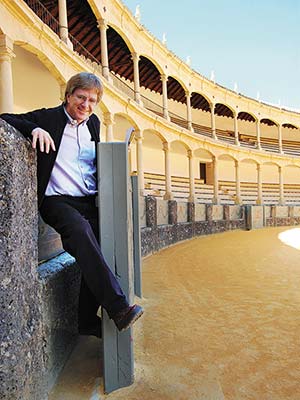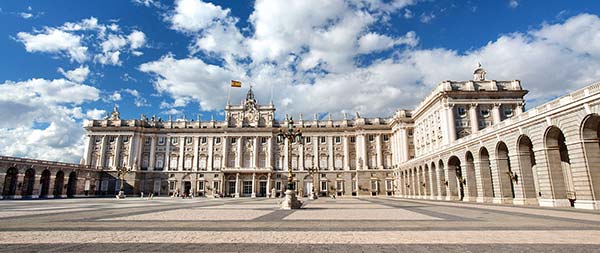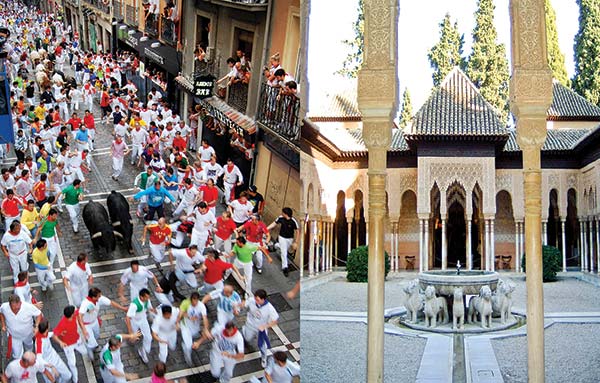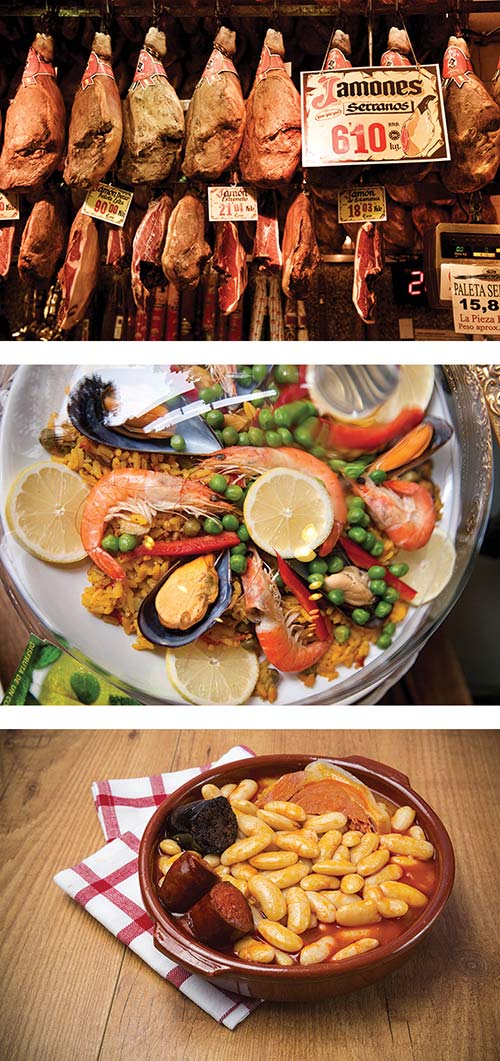Contents
Contents
Rick Steves
SPAIN 2018
Travel is intensified livingmaximum thrills per minute and one of the last great sources of legal adventure. Travel is freedom. Its recess, and we need it.
I discovered a passion for European travel as a teen and have been sharing it ever sincethrough my tours, public television and radio shows, and travel guidebooks. Over the years, Ive taught thousands of travelers how to best enjoy Europes blockbuster sightsand experience Back Door discoveries that most tourists miss.
This book offers you a balanced mix of Spains lively cities and cozy towns, from trendy Barcelona and upbeat Madrid to Andalucas romantic hill towns. And its selectiverather than listing countless beach resorts, I recommend only my favorite (Nerja).
My self-guided museum tours and city walks give insight into the countrys vibrant history and todays living, breathing culture.
I advocate traveling simply and smartly. Take advantage of my money- and time-saving tips on sightseeing, transportation, and more. Try local, characteristic alternatives to expensive hotels and restaurants. In many ways, spending more money only builds a thicker wall between you and what you traveled so far to see.
We visit Spain to experience itto become temporary locals. Thoughtful travel engages us with the world, as we learn to appreciate other cultures and new ways to measure quality of life.
Judging from the positive feedback I receive from readers, this book will help you enjoy a fun, affordable, and rewarding vacationwhether its your first trip or your tenth.
Buen viaje! Happy travels!
Todays Spain is a mix of old and new, traditional and modern. For the tourist, Spain means bullfights, massive cathedrals, world-class art, Muslim palaces, vivid folk life, whitewashed villages, and bright sunshine. Youll find all those things, but the countrys charm really lies in its people, and the richness of their history and culture. From the stirring sardana dance in Barcelona to the sizzling rat-a-tat-tat of flamenco in Sevilla, this country creates its own beat amid the heat.
If you fly over Spain, youll see that the countrys center is a high, flat, dry plateau. The north is mountainous and rainy; the south is hilly and hot. Ringing it all is 2,000 miles of coastline.
This topography makes Spain less a centralized nation than a collection of distinct regions. Atop the central plain sits the urban crown of Madrid. Just south is Toledo, a medieval melting pot and showpiece. Farther south is the region of Andaluca, home to sun-baked pueblos blancoswhitewashed hill towns. The south coast is a palm-tree jungle of beach resorts, casinos, and sunburned Brits on holiday. Along the northeastern Mediterranean coast, Barcelona and the Catalunya region keep one eye cocked toward trends sailing in from the rest of Europe. In the north is the Basque country, with sparkling beaches and cutting-edge architecture. From here modern-day pilgrims follow the route of the Camino de Santiago westward to Santiago de Compostela, perched in the lush, northwest corner called Galicia.
Left:Run with-or just watch-the bulls in Pamplona.
Right: Granadas Alhambra reveals Moorish splendor.
Spains long and diverse historya blend of Roman, Muslim, Jewish, and Christian influenceshas forged a country of individual regions, customs, and languages (though Spanish is spoken everywhere). Each region hosts local festivals, whether parading Virgin Mary statues through the streets or running in front of a pack of furious bulls. People think of themselves first and foremost as Basques, Catalans, Andalusians, Galicians, and so on...and only second as Spaniards.
Spain is in Europe, but not of Europeit has a distinct identity and history, thanks largely to the Pyrenees Mountains that physically isolate it from the rest of the Continent. For more than 700 years, from 711 to 1492, Spains dominant culture was Muslim, not Christian. And after a brief Golden Age (1500-1600) financed by New World gold, Spain retreated into three centuries of isolation (1600-1900).
Spains seclusion contributed to the creation of distinctive customsbullfights, flamenco dancing, and a national obsession with ham. Even as other countries opened up to one another in the 20th century, the fascist dictator Francisco Franco virtually sealed off Spain from Europes democracies. Spaniards looked inward, with traditional family life revolving around the Catholic Church.
Fresh off a plane and headed to my first stop in Spain, I popped into a rustic truck stop for lunch. My traveling spirit did a little leap and I thought, Yes, Espaa! My passport had been stamped, but I didnt really arrive until my teeth broke through the crisp crust of my fresh baguetteand hit jamn.
That ham, dry-cured and aged from happy, acorn-fed pigs, is an example of the rustic intensity of the Spanish culture. Cured ham hocks with pointed toes are found in every La Mancha bar. In Spain, jamn is more than a food; its a way of life. Spaniards thinly slice ham hocks with the same reverence that Americans bring to roast turkey on Thanksgiving. Spains dry central plain isnt that good for grazing, but its perfect for raising black Iberian pigs.
To complement all that ham, 700 years of (porkless) Muslim rule left its mark on Spanish cuisine. The Moors, who were great horticulturists, introduced new herbs and spices. The Moorish legacy is well represented by paella, one of Spains best-known dishes, combining the traditional Middle Eastern flavor of saffron with rice and seafood, sausage, and chicken.
Every region of Spain has specialties worth savoring. In Catalunya, in the northeast, theres fideu, a flavor-infused noodle topped with seafood, and arrs negre, black rice cooked in squid ink. Along the North Atlantic coast, in Asturias, seafood is combined with hearty mountain grub, including giant white faba beans and the powerful Cabrales blue cheese.

